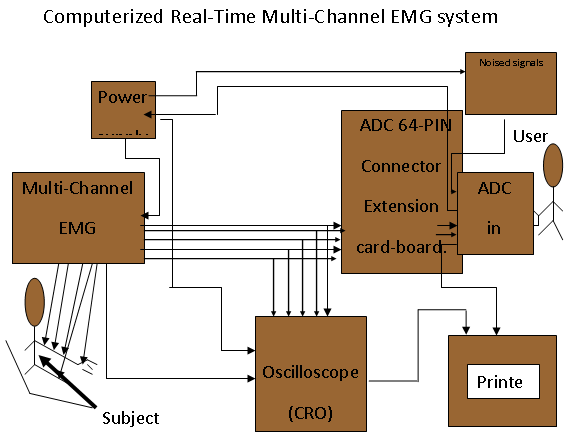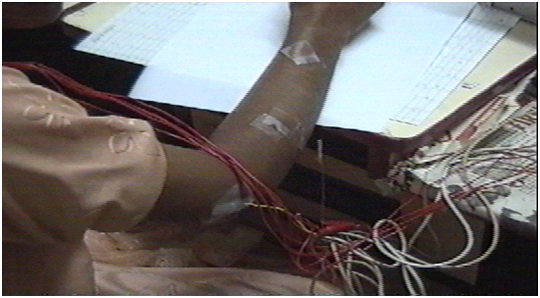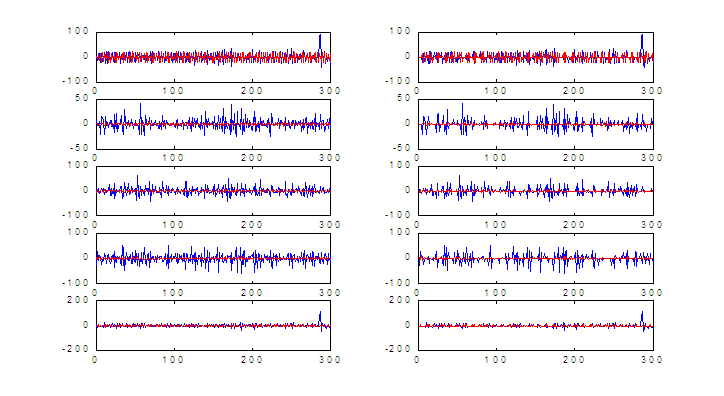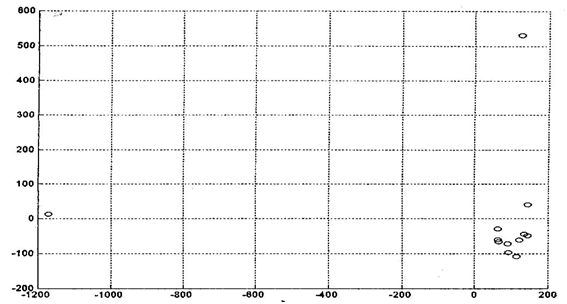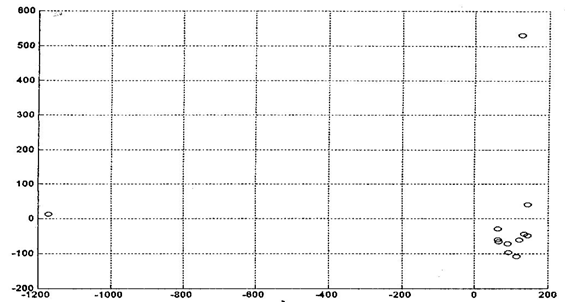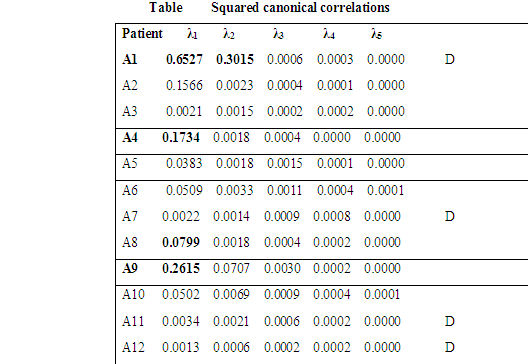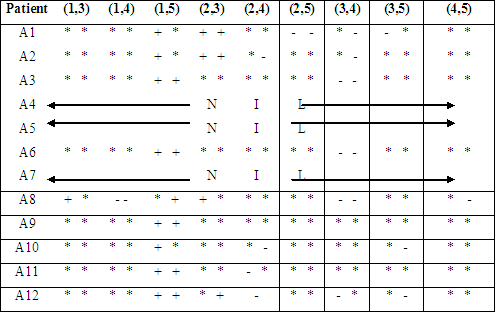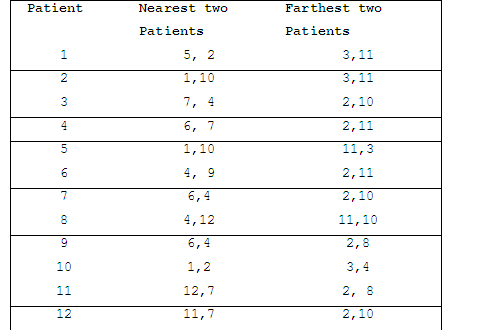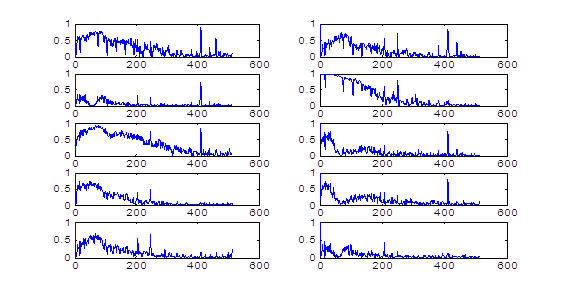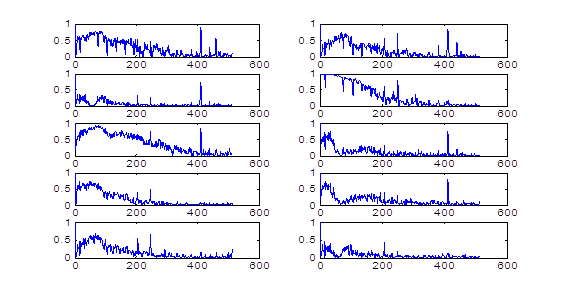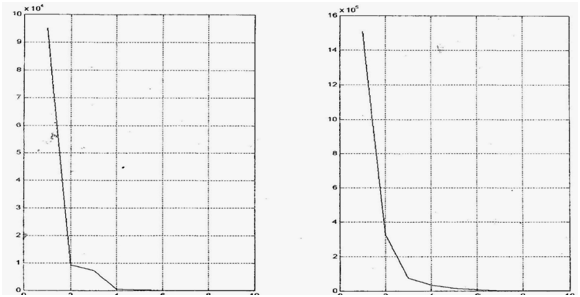Session Information
Date: Thursday, June 8, 2017
Session Title: Dystonia
Session Time: 1:15pm-2:45pm
Location: Exhibit Hall C
Objective:
To differentiate between those with concordant(C) and discordant (D) MMs in WC, in order to establish that there is a quantifiable difference between these two groups and to design/fabricate a sophisticated multichannel microelectrode-recording EMG system.
Background:
The main hypothesis is that when a Writer’s cramp(WC) patient inscribes with an abnormal posture, it is difficult to determine if that posture is because of the primary dystonic-force or if a compensatory-force applied by the WC-patient has overcome the primary dystonic-force and has resulted in that posture. One way to differentiate those two would be is to look at the mirror-movements (MMs).
Methods: Multivariate statistical analysis for 12 patients in their means, differences in means, standard deviations, variances, t, F and p-values between RHWS and LHWS were compared using student t, χ2 (Chi-square) and Fisher’s tests. RootMeanSquare(RMS) measured the amplitudes of WC signals and its complexity. decomposition,latent variate factorial analysis principal component analysis, clustering, Canonical correlation/multidimensional scaling,entropy.
Results:
12 patients with writer’s cramp (8 with concordant and 4 with discordant MMs) were assessed. On comparison of the measures of dispersion; D group had statistically significant difference between LHWS and RHWS (variance, standard deviation and F ratio) with a larger variance in RHWS, as compared to C group where variances and SD were equal or smaller in the RHWS compared to LHWS. Mean amplitudes for RHWS and LHWS for the same muscles though differ significantly in statistical terms, showed a consistent pattern only in the fifth muscle with a larger mean-amplitude on left-side in all patients and were not of value in differentiating between concordant (C) and discordant (D) groups of patients.
Conclusions:
This study showed significant quantifiable EMG differences in the signals seen while inscribing with the right and left hands between those writer’s cramp patients with concordant mirror movements (C group) versus those with discordant mirror movements (D group). This was mainly seen in the measures of dispersion of the signal i.e., standard dispersion, variances and their ratio (F-ratio). These were statistically significantly different between the two groups, C and D, and the pattern of differences were consistent with the hypothesis that the discordant group had a compensatory force which overcame the dystonic force resulting in the final abnormal posture. These analyses could possibly be applied to longitudinal follow-ups and correlations with a normal control population in future to better comprehend the WC phenomenon.
References: Marsden CD, Sheehy MP, Writer’s Cramp. Trends in Neuroscience, 1990; 13:148-153 Rivest J, Lees AJ, Marsden CD. Writer’s cramp: treatment with botulinum toxin injections. Mov Disord 1991; 6: 55–9.
To cite this abstract in AMA style:
V. Rama Raju, R. Borgohain, R. Kandadai. Mirror dysonia in writer`s aramp: a study with advanced multi-channel micro-electrode recording EMG system [abstract]. Mov Disord. 2017; 32 (suppl 2). https://www.mdsabstracts.org/abstract/mirror-dysonia-in-writers-aramp-a-study-with-advanced-multi-channel-micro-electrode-recording-emg-system/. Accessed April 20, 2025.« Back to 2017 International Congress
MDS Abstracts - https://www.mdsabstracts.org/abstract/mirror-dysonia-in-writers-aramp-a-study-with-advanced-multi-channel-micro-electrode-recording-emg-system/

